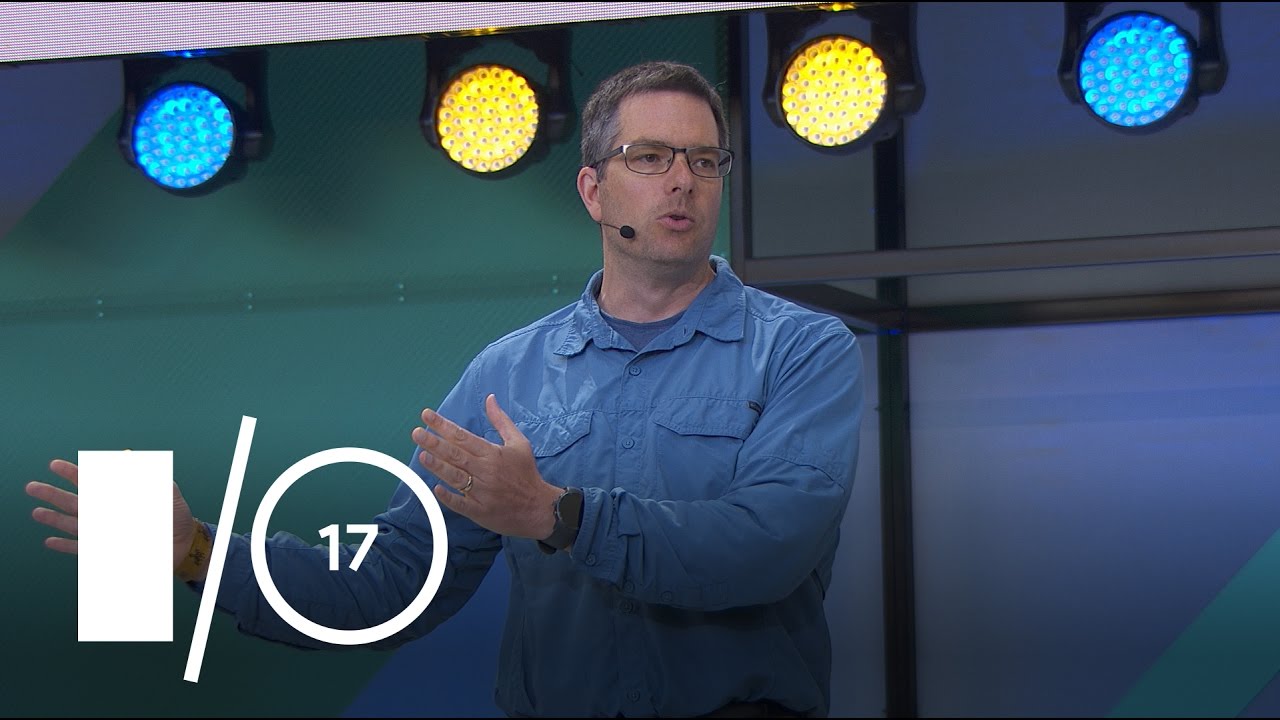The Google Assistant’s mission is to help users get things done in their world. This session will explain how to plug into the Google Assistant services ecosystem. We’ll cover everything from understanding the business use case and high level user interface design to implementation and growing usage. By the end of this session, you should have a better understanding of the Assistant service ecosystem and how to get started.
About Google Assistant
Google Assistant is a virtual personal assistant developed by Google and announced at its developer conference in May 2016. Unlike Google Now, the Google Assistant can engage in two-way conversations.
Assistant initially debuted as part of Google’s messaging app Allo, and its voice-activated speaker Google Home. After a period of exclusivity on the Pixel and Pixel XL smartphones, it began to be deployed on other Android devices in February 2017, including third-party smartphones and Android Wear, and was released as a standalone app on the iOS operating system in May. Alongside the announcement of a software development kit in April 2017, the Assistant has been, and is being, further extended to support a large variety of devices, including cars and smart home appliances. The functionality of the Assistant can also be enhanced by third-party developers.
Users primarily interact with the Google Assistant through natural voice, though keyboard input is also supported. In the same nature and manner as Google Now, the Assistant is able to search the Internet, schedule events and alarms, adjust hardware settings on the user’s device, and show information from the user’s Google account. Google has also announced that the Assistant will be able to identify objects and gather visual information through the device’s camera, and support purchasing products and sending money.
#io17 #GoogleIO #GoogleIO2017

